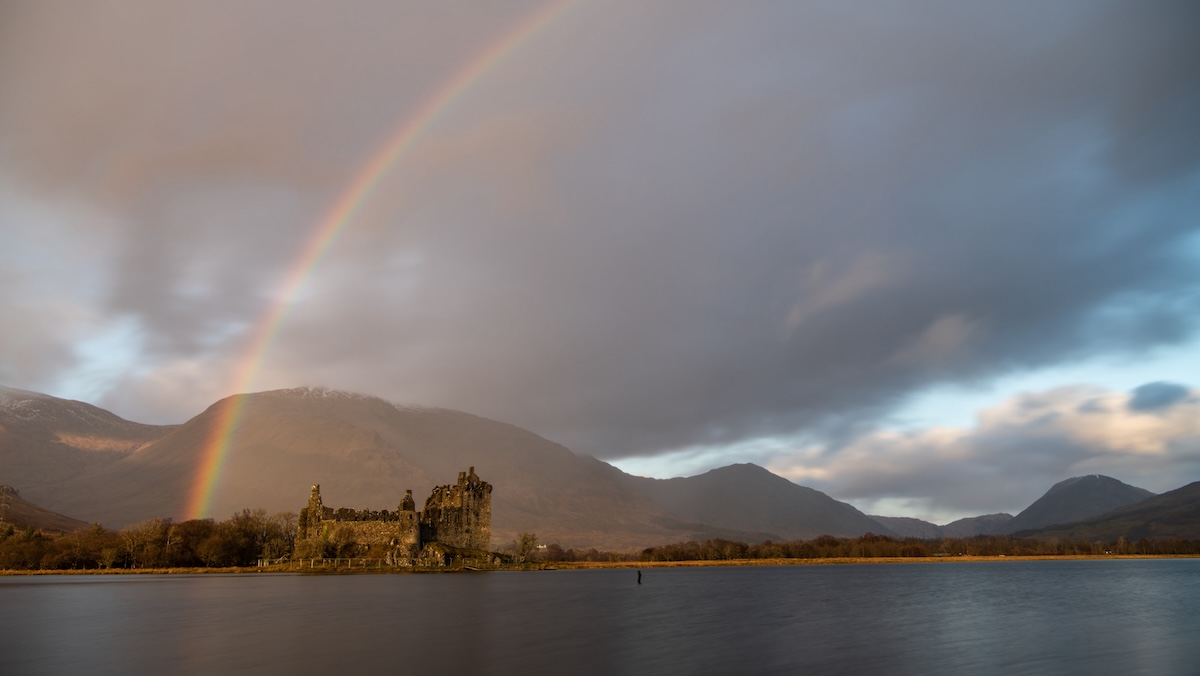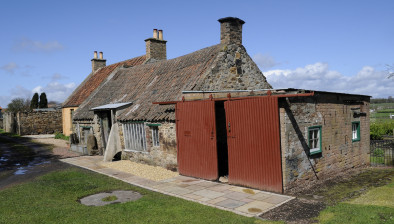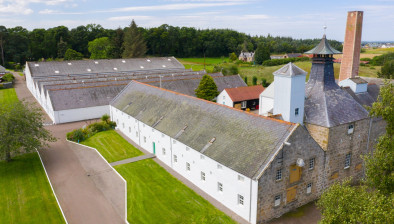Historic environment brings in £6bn a year to Scottish economy

Loch Awe and Kilchurn Castle
Historic Environment Scotland (HES) has released a set of reports today providing insights into Scotland’s historic environment sector and a framework to help drive its contribution to Scotland’s economy, communities, and net zero ambitions.
The information released includes the Delivery Framework for Our Past, Our Future (OPOF), Scotland’s national strategy for the historic environment, along with the OPOF Baseline and Summary Report. Together, these documents detail where the sector is now, and the steps needed for future success. They are accompanied by the first Annual Report on the strategy’s delivery since its launch last year.
Complementing these is the newly updated Scotland’s Historic Environment Audit (SHEA) report, the first since 2018. SHEA brings research and data of practical use about the historic environment in one place, making it easy to understand how the sector contributes to life in Scotland. This update provides valuable insights into the sector’s evolution, particularly in its recovery from the COVID-19 pandemic.
This information underscores the critical role heritage plays in the daily lives of Scots. The historic environment generates £6bn per annum for Scotland’s economy, £2.1bn of which is attributable to heritage tourism. It also supports over 81,000 jobs. Additionally, 86% of Scots believe it is important to protect our heritage.
These publications present a comprehensive picture of where the historic environment sector stands today, its crucial role in Scotland’s economy and communities, and its potential to drive the nation’s journey to net zero. The documents lay the groundwork for how the sector can achieve long-term success, aligned with Scotland’s national priorities. SHEA also highlights data gaps, which are important for the sector to address to work collectively towards the strategic aims set out in OPOF.
“Scotland’s historic environment is not only a link to our past, but a national asset for our economy, wellbeing, and net-zero goals,” said Alison Turnbull, director of external relations and partnerships at HES. “The data and insights provided by the OPOF reports and SHEA data highlight the value of our heritage, showing how it plays an integral part in the nation’s identity and future. By establishing a baseline for future reporting, we can clearly demonstrate the impact of the strategy in promoting and enhancing this vital resource.”
The Annual Report underscores the importance of sector-wide engagement and this release begins the next phase for HES in its role as lead public body for the sector, collaborating with and facilitating action by organisations and individuals from across policy areas to participate in the next phase of OPOF’s delivery for the people of Scotland.
Lucy Casot, CEO of Museums Galleries Scotland said: “Keeping the momentum on the strategy for the Historic Environment is essential as organisations seek support and to manage challenges and explore opportunities.
“With its alignment of priorities with the Strategy for Scotland’s Museums and Galleries we are pleased to have been an active contributor to the first year of Our Past Our Future. We look forward to continuing that collaboration to achieve shared goals and ambitions.”
Gavin McGregor, director at Archaeology Scotland, said: “Release of the OPOF reports marks an important milestone. Archaeology Scotland, and others in the archaeological sector, welcome the shared foundation OPOF provides, supporting us to work more effectively together.
“Looking forward, the historic environment is a key component for vibrant communities and places, and ensuring the wellbeing of all Scotland’s people.”
To access the full reports and for information on how to get involved in the delivery of Scotland’s national strategy for the historic environment, visit ourpastourfuture.scot. The SHEA reports can be found on the HES website.









